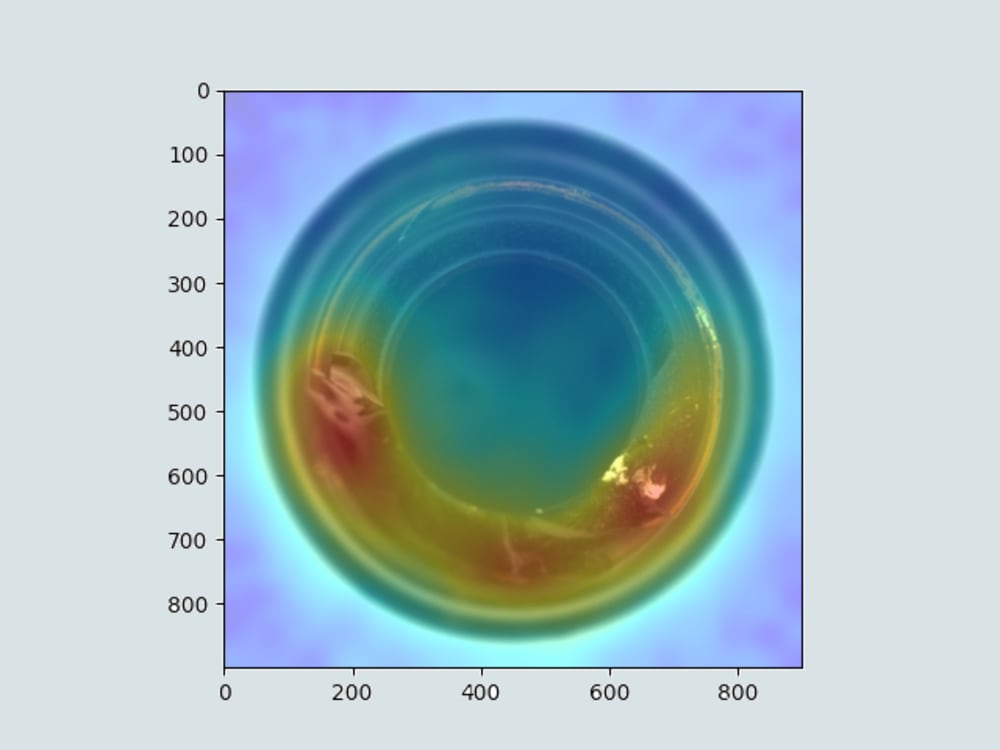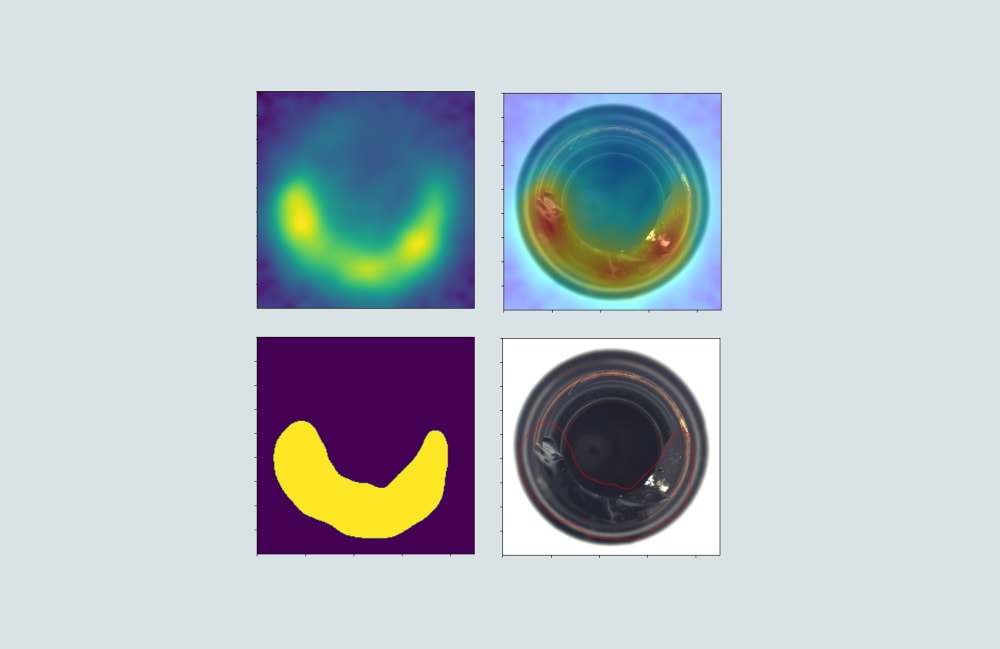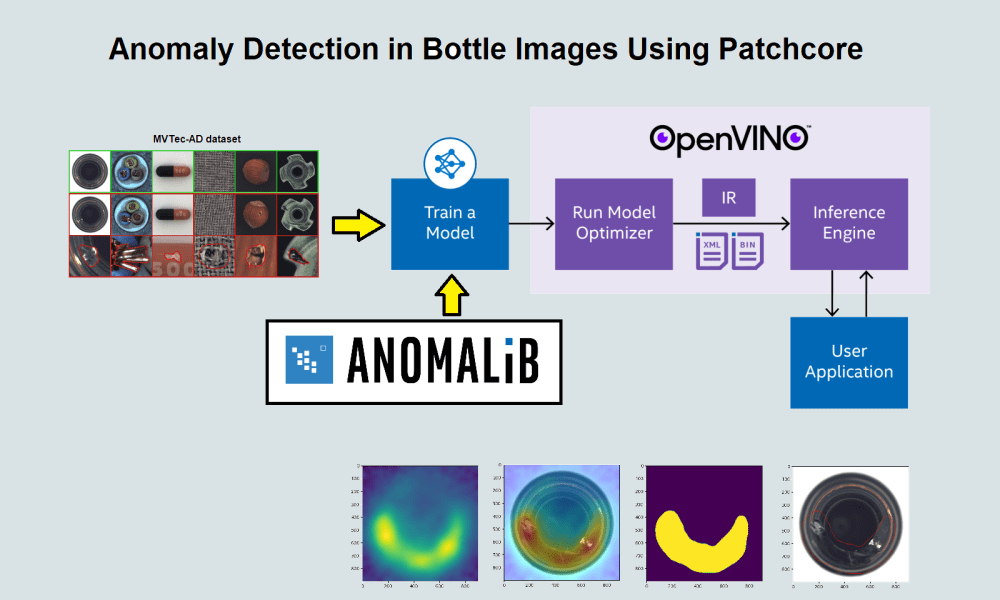Implementing the use of Machine Learning and a big bottles anomaly database can be useful to detect defective bottles in the food and chemical industries mainly.
It is important to incorporate sound quality management principles into a manufacturer's operations. Failure to meet specific quality standards can not only damage brand reputation but also lead to compliance issues if the company fails to meet strict regulatory requirements.
Consequently, manufacturing companies invest significant resources in applying tools and strategies to identify and eliminate the source of quality defects.
In more traditional manufacturing environments, a significant majority of defect detection efforts are manual. In other words, manufacturers rely on humans to visually check and/or test each product to ensure it is free of defects.
Some relatively modern manufacturing operations use different types of equipment and machinery for visual defect detection. This approach offers an advantage over human quality inspection.
The most advanced manufacturing companies have gone further to improve both defect detection and increase production efficiency. Companies have begun investing in artificial intelligence (AI) and machine learning (AM) to ensure they detect as many defective products as possible without resorting to manual human inspection, which has been shown to be more resource-intensive and prone to to errors.
The challenge of detecting defective bottles is difficult since the objects may have different lighting, as well as the need to focus the cameras at different distances or angles of placement of the object. We must also consider whether the bottle has a round or square shape, for example.
However, in recent years important progress has been made. I have published a post where I have applied the patchcore model to detect anomalies in bottles when they are hit on the bottom. In my case I have used the MVTec AD database, the anomalib library, and the Patchcore model with the bottle class.
In that post, I discussed why manufacturers are adopting a combination of computer vision and artificial intelligence to help streamline visual quality inspections and reduce the costs associated with quality management.
My idea is to test other models such as NNFC compression, Padim and STFPM models, and also I would like to apply data augmentation with Albumentations.
PUBLICATION:
Links to the publications on Hackster and Kaggle platforms:
Like this entry?
-
About the Entrant
- Name:Guillermo Perez
- Type of entry:individual
- Patent status:none








